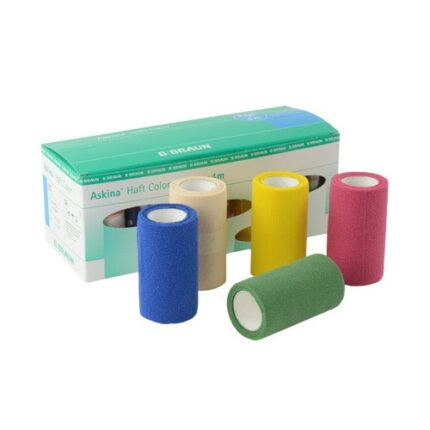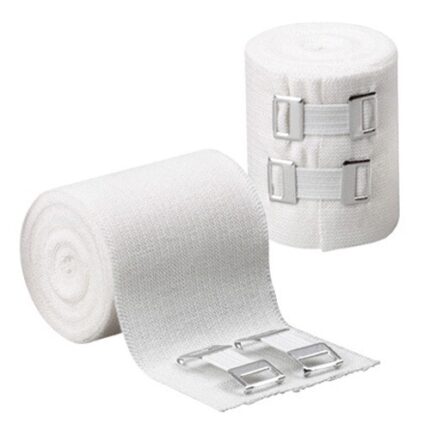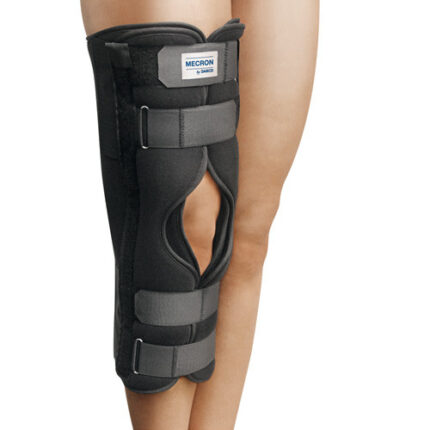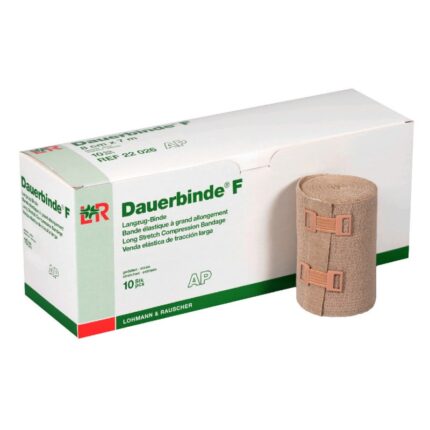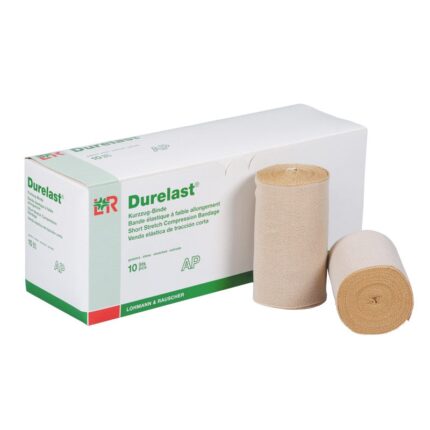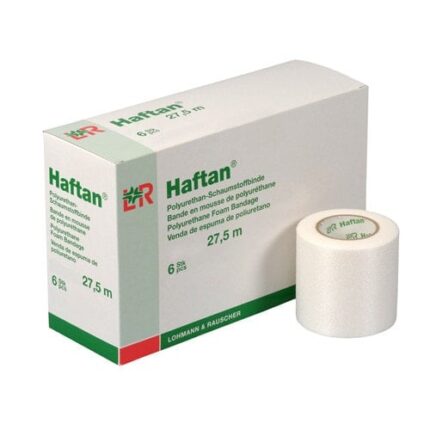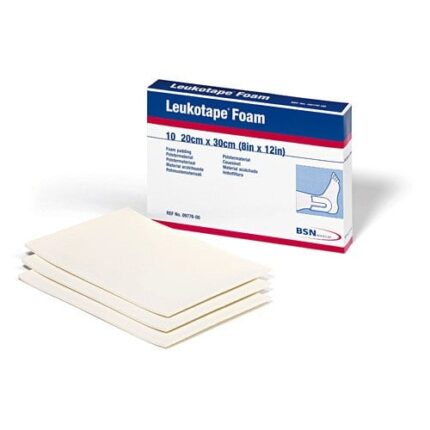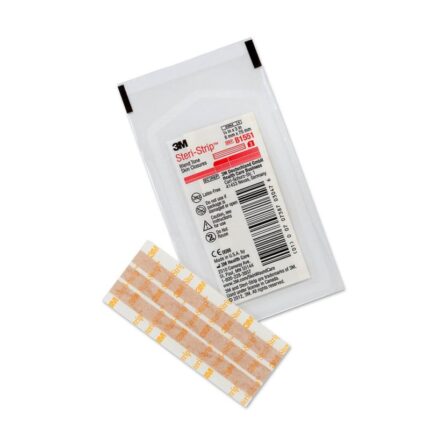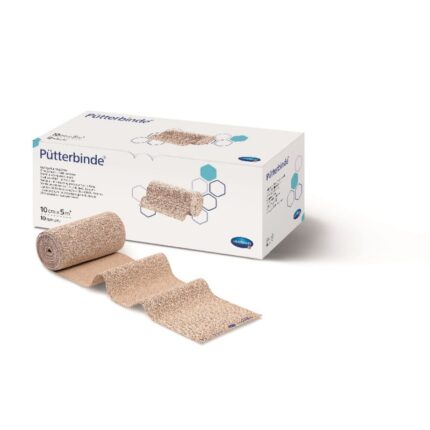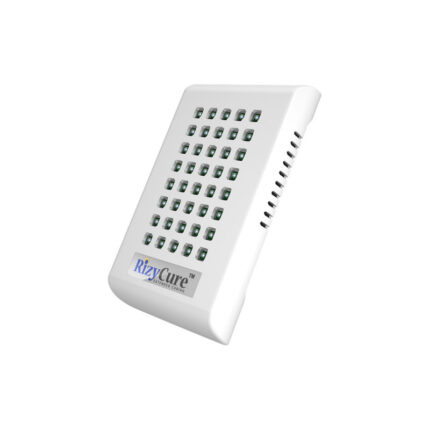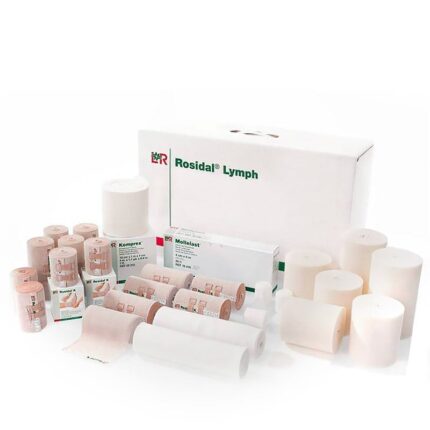Understanding Medical Dressing Materials: Types, Properties, and Applications
In the medical field, medical dressing supplies are essential, particularly for wound care and surgical treatment. These materials protect wounds, promote healing, and reduce the chance of infection, among other functions. This thorough review will examine the various kinds of medical dressing materials, along with their characteristics, uses, and most recent technological developments.
What Are Medical Dressing Materials?
Sterilized or clean items applied to wounds or surgical sites are referred to as medical dressing materials. Their main purposes are to shield patients from infections, encourage recovery, and provide them comfort. Because different types of dressing materials are made to satisfy varied needs depending on the features of the wound, choosing the right one is essential for optimal wound treatment.
Types of Medical Dressing Materials
1. Gauze Dressings: Fabrics that are woven or non-woven and usually consist of cotton or synthetic fibers are used to make gauge dressings.
Properties:
exceptionally absorbent.
accessible in a range of thicknesses and widths.
Suitable for primary or secondary dressing applications.
Uses:
sealing cuts and removing discharge.
supplying a barrier that keeps surgical sites safe.
used in conjunction with additional dressing supplies.
2. Adhesive Bandages
These dressings can be applied directly to the skin because of their sticky backing. They may be opaque or translucent.
Properties:
Simple to use and take off.
both breathable and water-resistant.
offers protection against outside pollutants.
Uses:
covering surgical incisions and small cuts and abrasions.
permitting ongoing wound monitoring without repeated adjustments.
3. Hydrocolloid Dressings: These dressings work by combining a gel-forming substance with wound exudate to produce a moist healing environment.
Qualities:
extremely occlusive and absorbing.
reduces discomfort and offers padding when changing clothes.
able to be left in situ for a few days.
Uses:
Treating wounds that exude from moderate to substantial levels.
ideal for persistent wounds and pressure ulcers.
4. Foam Dressings: Soft, absorbent materials that offer protection and cushioning make up foam dressings.
Qualities:
Both non-adherent and extremely absorbent.
offers comfort and thermal insulation.
lowers the possibility of skin maceration.
Uses:
Ideal for pressure ulcers and post-operative wounds with moderate to high exudate.
5. Dressings made of algae
Description: Alginate dressings are derived from seaweed and are highly absorbent, turning into a gel when
Uses:
treating wounds that produce a lot of discharge, like surgical wounds and venous ulcers.
6. Adhesive Bandages
Description: Silicone dressings act as a barrier to protect while reducing discomfort and trauma during dressing changes.
Qualities:
less painful for the skin, being gentle.
Extremely breathable and resistant to water.
Allows for easy visualization of the wound.
Uses:
Perfect for surgical wounds, burn injuries, and skin that is delicate or sensitive.
Properties of Effective Dressing Materials
Absorbency: To avoid maceration of the surrounding skin and to create a moist healing environment, the capacity to absorb exudate is essential.
Adhesion: When dressings are removed, they should stay firmly on the skin without causing any damage.
Breathability: Sufficient airflow promotes healing by preventing moisture buildup.
Non-adherence: In order to reduce discomfort during dressing changes and safeguard freshly produced tissue, dressings shouldn't adhere to the wound bed.
Antimicrobial Properties: To help lower the risk of infection, certain dressings are impregnated with antimicrobial medicines.
Applications of Medical Dressing Materials
1. Bandages
Dressings are used after surgery to promote healing and shield the wound site from outside elements. The type of surgery and the anticipated exudate will determine which dressing is best.
2. Injury Management
Dressing materials are vital for controlling chronic wounds, such as diabetic ulcers and pressure sores. They help keep things wet, which promotes healing, while also warding off infections.
3. Burn Treatment
Specialized dressings are needed for burn injuries in order to shield the injured skin and encourage healing. Dressings with hydrocolloid and silicone are frequently chosen because of their ability to retain moisture.
4. Trauma Guidance
Dressing materials are used in emergency situations to stop bleeding and shield wounds from getting worse. In trauma care, sterile gauze and pressure dressings are frequently used.
Recent Advancements in Medical Dressing Materials
Smart Dressings: These cutting-edge dressings have sensors built in to track temperature, pH, and moisture content on the wound. Healthcare professionals are able to make well-informed judgments on wound care because to this real-time input.
Antimicrobial Dressings: Especially for high-risk surgical wounds, these dressings, which are infused with antimicrobial medicines, assist avoid infections. They may help to lessen problems and encourage quicker healing.
Biodegradable Materials: Research is ongoing to produce sustainable dressing materials that minimize environmental impact while preserving effectiveness in wound treatment.
Customized Dressings: The development of 3D printing technology has made it possible to create dressings that are more effective and fit better, based on the demands of each particular patient.
Conclusion
Medical dressing materials are critical for proper wound treatment, playing a crucial role in encouraging healing, avoiding infections, and maintaining patient comfort. Healthcare professionals can choose the best materials based on individual patient needs and wound characteristics thanks to the wide variety of dressing types that are available. With each new development in dressing technology, wound care promises to improve patient outcomes and raise the standard of treatment in general.



